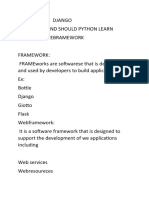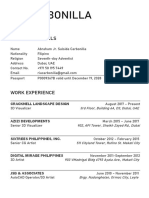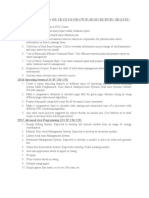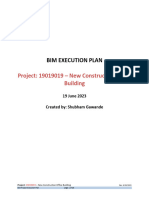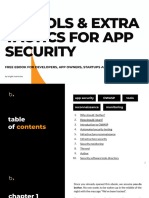0% found this document useful (0 votes)
15 views34 pagesCH1 Django Model
The document provides an overview of Django, a web development framework written in Python, highlighting its architecture, including the MVT design pattern, and the process of creating a new project. It details Django models, including field types, options, relationships, and methods, emphasizing their role in defining the data structure and behavior of web applications. Additionally, it outlines the steps for setting up a Django project and the directory architecture involved.
Uploaded by
somethin099Copyright
© © All Rights Reserved
We take content rights seriously. If you suspect this is your content, claim it here.
Available Formats
Download as PDF, TXT or read online on Scribd
0% found this document useful (0 votes)
15 views34 pagesCH1 Django Model
The document provides an overview of Django, a web development framework written in Python, highlighting its architecture, including the MVT design pattern, and the process of creating a new project. It details Django models, including field types, options, relationships, and methods, emphasizing their role in defining the data structure and behavior of web applications. Additionally, it outlines the steps for setting up a Django project and the directory architecture involved.
Uploaded by
somethin099Copyright
© © All Rights Reserved
We take content rights seriously. If you suspect this is your content, claim it here.
Available Formats
Download as PDF, TXT or read online on Scribd
/ 34













































